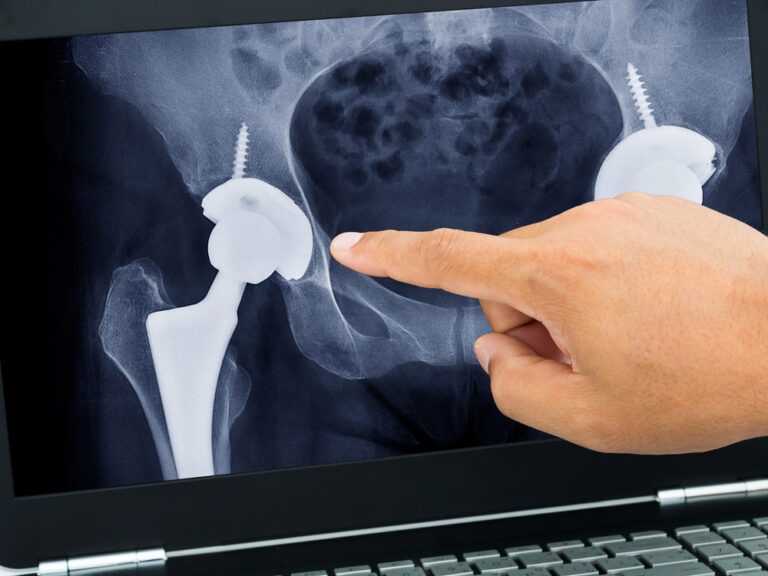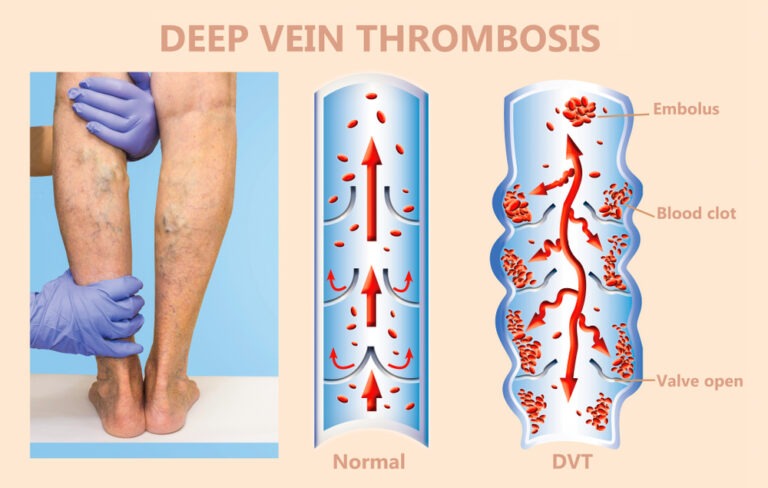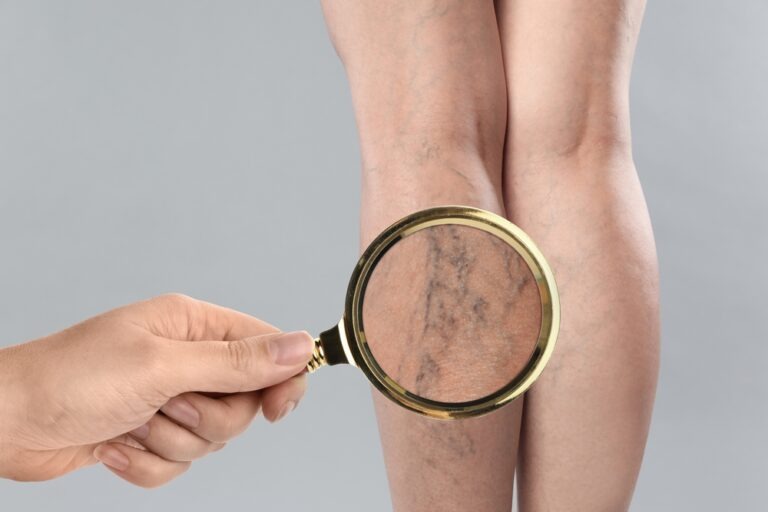What is the Plantar Fasciitis?
As described earlier, Plantar fasciitis is that condition causes pain in the bottom of the foot (plantar fascia). It is the most common injury of the plantar fascia and mainly responsible for about 80% of heel pain cases. It affects approximately 7-10% of the population. This pain increases after the irritation of that flat band (Plantar fascia), which connects the heel with the toes in the plantar aspect of the foot.
According to body biomechanics, the function of that flat band (plantar fascia) is to protect the underlining soft tissues like foot plantar muscles, vessels, and nerves, and to maintain the shape of the natural archs at the bottom of the foot. The function of these archs is shock absorption and distribution of equal pressure to preserve the balance of the body during the movements of natural standing, walking as well as doing various activities of healthy life from sports like running, jogging, dancing, jumping and other compound movements
With aging, especially for those aged 40 to 60 years, changes occur in the Plantar fascia. Thus, these changes will result in the weakening of the tissue and increased susceptibility to irritation and injury. Especially when there is the availability of risk factors that increase the chance of irritation. These risk factors will be later discussed in this article.
Stress that irritates plantar fascia increases with repetitive movements of the feet and ankle, for instance, during running. Over time, micro-tears of the plantar fascia may happen. These stress factors are overload and strain involved in irritation of plantar fascia. This condition can even occur in younger patients that moving or playing sports in a wrong manner leading to overloads on the tissues or vigorous workouts.
While overload and stress on plantar fascia increase with the time and assuming that it occurs daily, tightness and shortening increase because of the physical adaptation of plantar fascia and with doing various movements that may cause microscopic tears of the plantar fascia.
Over time, these micro-tears will cause inflammation and pain in the plantar fascia. That resulting inflammation stimulates the accumulated cell growth, which will produce the scar tissue in plantar fascia later on. This newly formed scar tissue will cause more tightness, irritation, and pain. All of these symptoms will form a closed circle resulting in plantar fasciitis.










